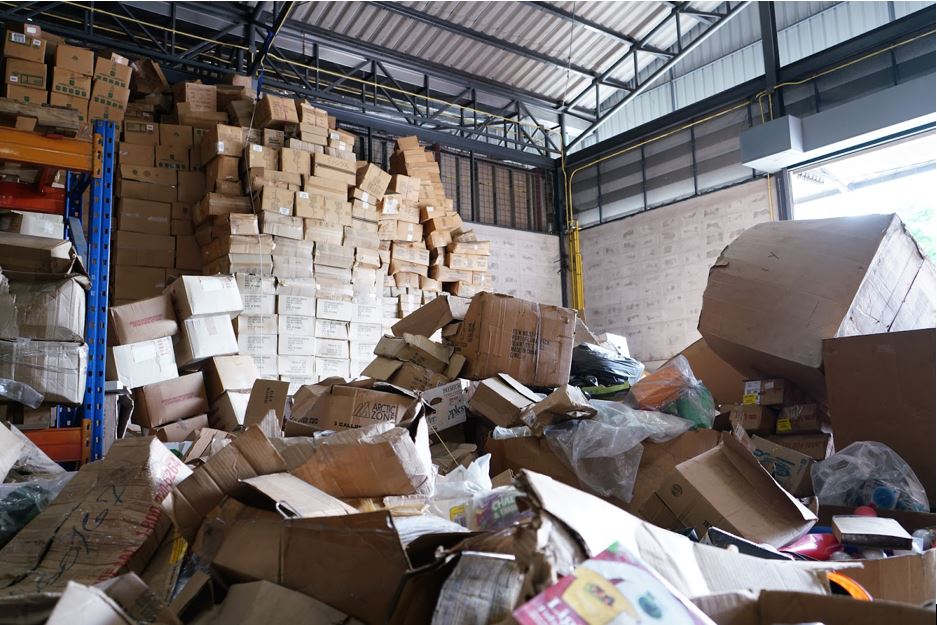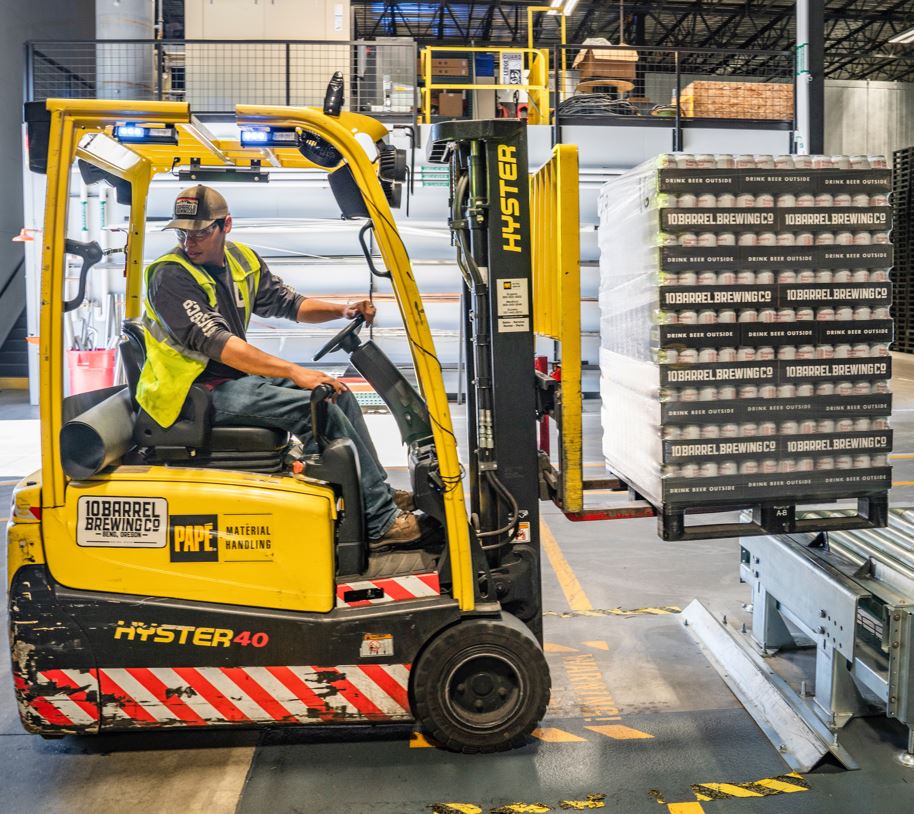
Why Organization Is Key for Workplace Safety
Workplace safety is a key element to any successful business whether large or small. A well-organized culture helps prevent accidents, data loss, reduce errors and increase traceability. Find out out about keeping your business organized.
Organization and Workplace Safety
While workplace safety is a non-negotiable part of any business, many people only approach it as it pertains to avoiding injury. While that is the most important aspect of workplace safety, there’s another large benefit to instilling proper workplace safety practices in employees — improved efficiency and quality of work.
For example: When employees don’t feel like they have to cut corners to do good work, or when a workplace is properly organized with maps, informational reference sheets, and an accessible labeling system, more work can get done without the chance of someone getting hurt. Further, with clear safety guidelines and an emphasis on the importance of safety, employees are more likely to do better work because they feel protected.
But workplace safety is more than just posting signs and holding training meetings — it’s on-the-ground work and intention that can best prevent accidents while also improving accessibility and efficiency. For businesses that already have large workplace-safety programs, it’s important to next consider smaller details to better improve day-to-day processes.
How Staying Organized Impacts Your Workplace Safety
After you’ve established general safety protocols, the next step to ensuring both safety and improved efficiency is simple: clear organization. Clear organization can mean a number of things, including improved onboarding and process guides, clear and regularly updated inventory management systems, an established org-chart for communication, and more. An organized business is a smooth-running one, and a smooth-running business is simply less likely to experience accidents among staff.
Reduces Likelihood of Errors
Not only does improved organization establish clear instructions for processes, it helps mitigate any confusion within the process or when unusual circumstances arise. Clear organization naturally leads to fewer errors. In turn, this reduces the chances of someone being injured down the line, whether through neglect or someone simply not understanding process expectations.
While many of these errors are common, such as tripping hazards, data loss, or unsafe storage practices, there are other errors that could also lead to serious injuries or even loss of lives.
One well-known process for protecting employees, for example, is the lockout/tagout procedure required by OSHA when hazardous machines are being used in manufacturing settings. If proper procedures are not followed to secure dangerous tools or materials, it could lead to serious injury later down the line. Clear organization, signage, and training is important in preventing these types of injuries.
Increases Traceability
“Traceability” is a term used in manufacturing to describe tracking a product through its creation, assembly, and eventual dispatch. While most known for its use in food supply chains, it can be used to describe processes in a number of different industries, such as general product manufacturing and automotive manufacturing.
Traceability is best known for its ability to protect consumers, especially when a product has been deemed unsafe after already being sold. It allows a business to determine when a safety error occurred in the manufacturing process, at what plant (if applicable) the error occurred, the time of day/week, and where the product made during that time period was shipped. From there, the business can perform necessary recalls and alert consumers of the potential hazard. Naturally, this process can be detailed and complex — which means clear organization is a necessity in ensuring it works as intended.
Organization Tips for Workplace Safety
Whether you’re managing a large staff or running a home-based business, organization within the workplace is key to upholding safety standards while improving overall efficiency. But anyone who has tried to improve overall organization amongst staff knows it’s more complicated than just introducing new file-folders to shared drives or labeling closets.
Stay Consistent
Consistency is one of the main tenets of organization, and one can hardly be discussed without the other. Consistency also encompasses a number of different factors:
- Consistency in scheduling and time expectations
- Consistency in quality control
- Consistency in applications, tools, and other machinery used
- Consistency in training, onboarding, and regular staffing
Consistency in your messaging and process is particularly important when it comes to maintaining safety standards for all members of staff. After all, if standard processes, best practices, or expectations are constantly changing, it would eventually become impossible for staff to know what was updated and what had become redundant. This could lead to clear confusion and mistakes being made that could lead to errors and accidents down the line.
Use Eye-Catching Designs
Utilizing clear, colorful, and easy-to-read designs when you’re labeling products, inventory, storage, and so on, is another easy way to ensure consistent organization that everyone can follow. Such as in previously mentioned lockout/tagout processes, labeling important tools and machinery could not only improve efficiency but safety all around. Some things to consider labeling include, but are not limited to:
- Heavy machinery
- Data terminals
- Toxic materials
- Unclear dangers
- Emergency materials
Eye-catching designs, clear fonts, and intentional placement, along with printed labels placed in clearly visible locations, will allow staff to remain aware their surroundings.
Communicate Any Changes Before They’re Implemented
Particularly in the event of changing steps in a process or expectations, it’s imperative to communicate those changes clearly, with the proper documentation, and if possible, with as much warning as possible. Especially in order to avoid potential safety concerns, give your staff enough time to learn about the change, ask questions, and even suggest changes. This is important as you’re ensuring a smooth and safe transition to a new process.

Prevent huge financial losses and implement a workplace organization program.

Follow some simple tips to best stay consistent and keep your business organized.